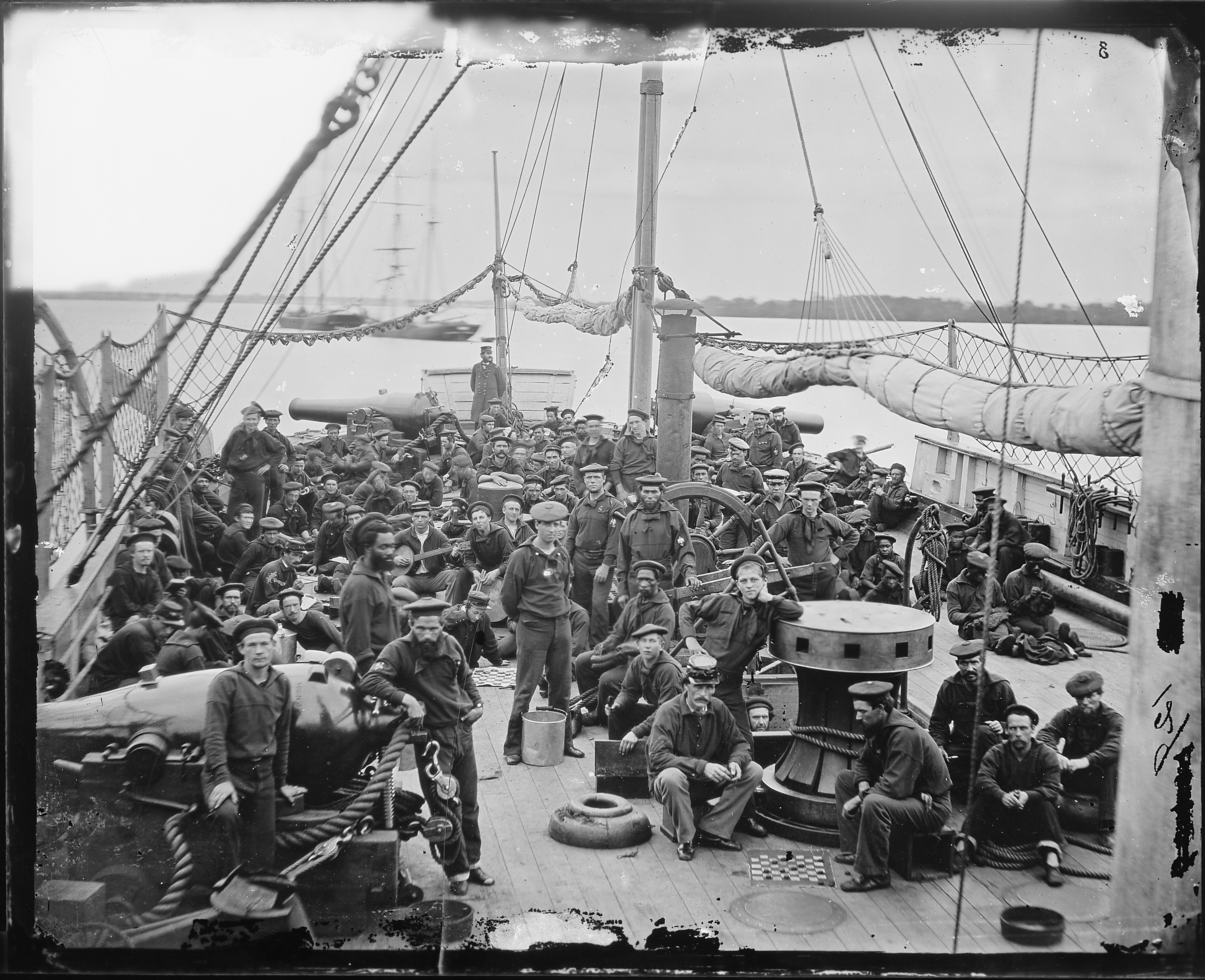
Several high-ranking political and military leaders in both the Union and Confederacy were of foreign or immigrant background. Most other foreign recruits were from Canada and the rest of Europe, particularly Poland, France, Italy, and Scandinavia smaller numbers came from China, Mexico, Hawaii, and various Native American tribes. Reflecting the influx of immigrants leading up to the war, the largest foreign contingents on either side were German, Irish, and British (including English, Scottish and Welsh). The significant manpower advantage to Union forces proved decisive to its victory, with some historians claiming the North otherwise would not have prevailed. By contrast, only several thousand foreigners served with the Confederacy, comprising just 5% of its armed forces.

Roughly a quarter to a third of the Union Army was foreign-born, or 543,000–625,000 out of 2 million troops an additional 18% had at least one parent born abroad, meaning close to half the Northern army had some recent foreign origin. When hostilities first broke out, roughly 13% of Americans were foreign-born, the vast majority concentrated in northern cities subsequently, foreign enlistment largely favored the Union, which was also far more successful at attracting volunteers. Consequently, many men enlisted from abroad and among immigrant communities in the U.S. Diplomatic and popular interest were aroused by the United States' status as a nascent power at the time, and by the war's central cause being the globally divisive issue of slavery. įoreign enlistment in the American Civil War (1861–1865) reflected the conflict's international significance among both governments and their citizenry. Enlistment in the American Civil War from foreign nations Scottish, Swedish, German, Irish, and French soldiers of the Union Army at Corinth, Mississippi.


 0 kommentar(er)
0 kommentar(er)
